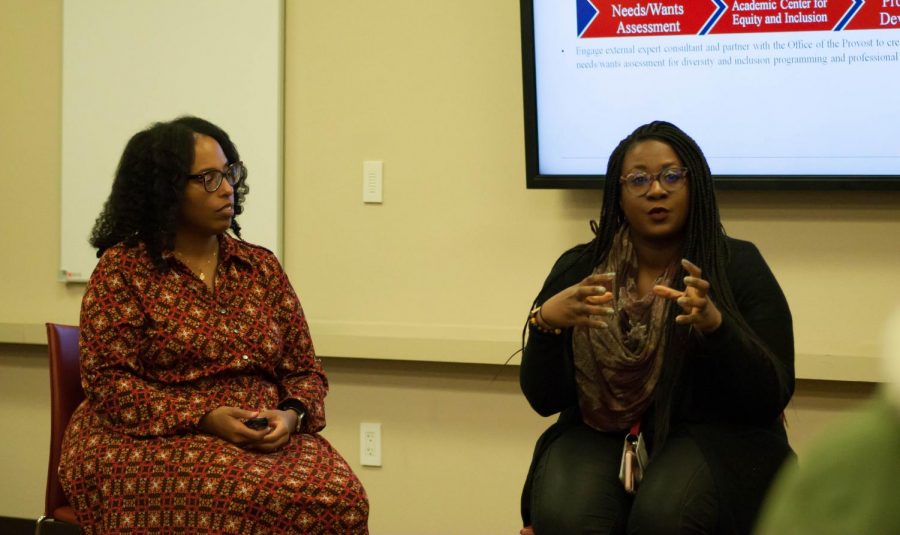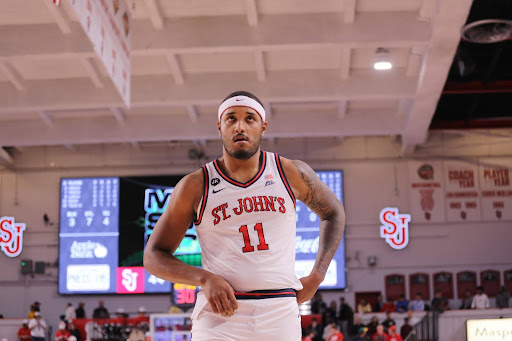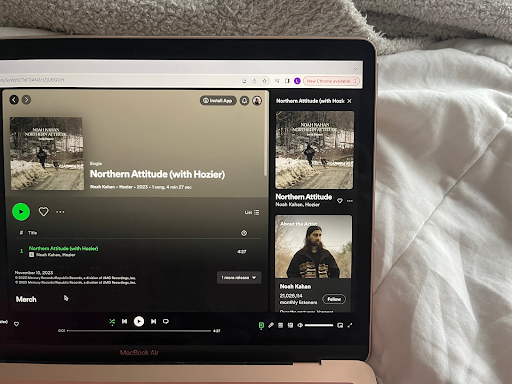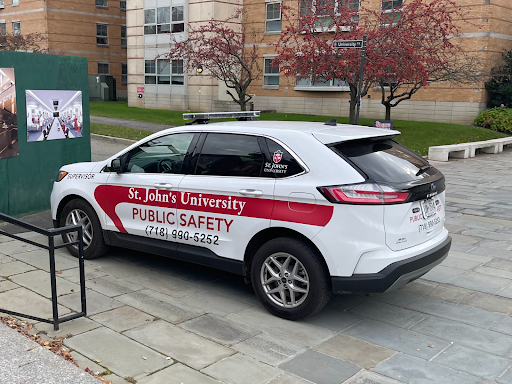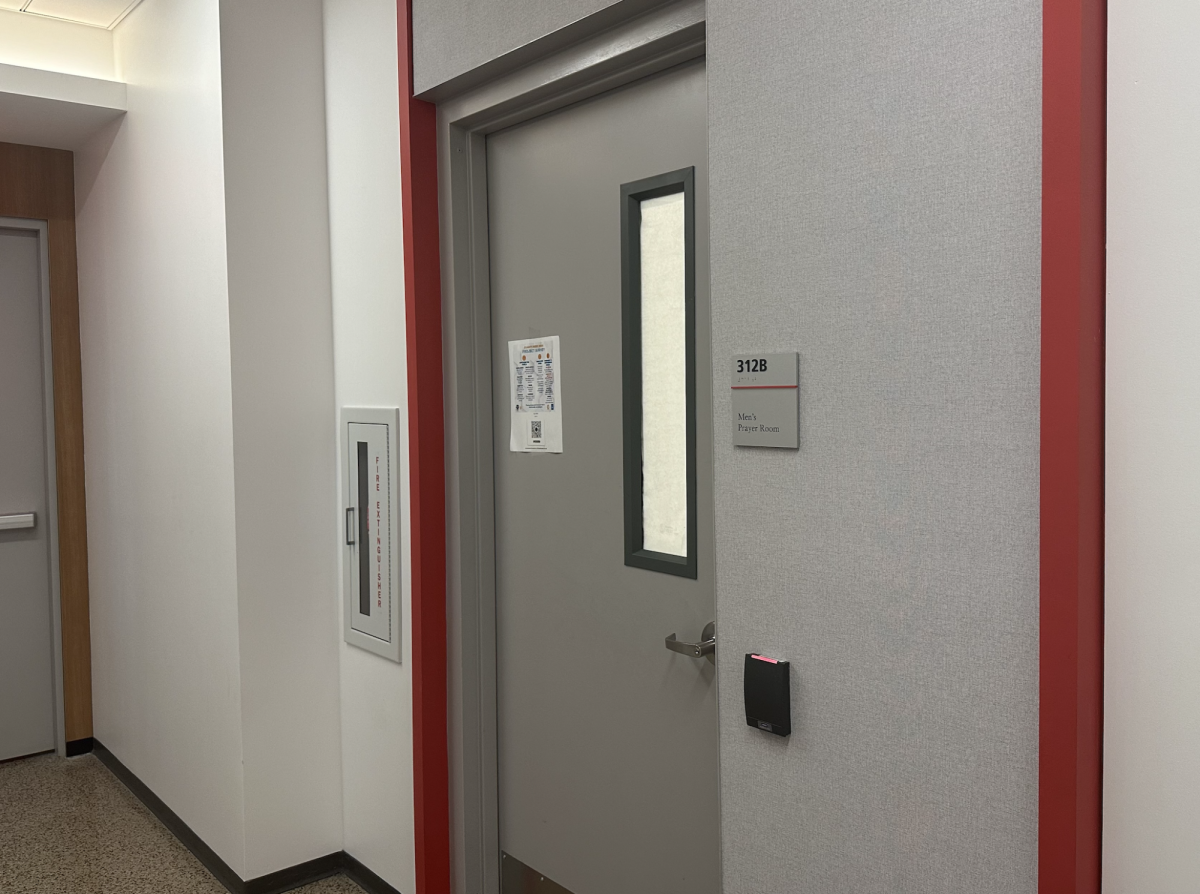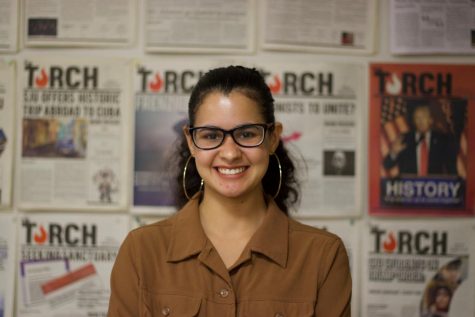For years, students have voiced concerns about a lack of diversity within St. John’s University’s faculty and administration, and said institutional racism exists here.
While the University has responded to these concerns in various ways, their most significant action has been creating the Task Force for Diversity and Inclusion, led by Chief Diversity Officer Nada Llewellyn.
The Task Force was started by President Conrado “Bobby” Gempesaw in 2016 to address students’ concerns by implementing “institutional policy and practice changes needed to create an equitable and inclusive learning and working environment.”
In an interview with the Torch last month, Llewellyn credited various student leaders of organizations such as Students of Consciousness (SOC), Haraya, Spectrum and Student Government, Inc. (SGI) for helping create the Task Force’s strategic goals and for updating their peers on their progress.
Atem Tazi, the newly elected president of SGI, said that the Task Force is “a step in the right direction.”
“The creation of it is already stating that the University acknowledges that there is a problem in regards to diversity and inclusion on campus,” Tazi said. “The committee itself is important because it creates room where there is no longer one year of continuous complaining and then people leave, and it starts all over again.”
Since 2016, the Task Force has consisted of faculty, staff, administrators, one undergraduate student and one graduate student — all selected by Llewellyn and Provost Robert Mangione.
This semester, they began accepting applications for a student subcommittee and are in the process of interviewing candidates for membership, which they will announce on April 30, according to an internal communication sent April 16.
Llewellyn, who is also the Deputy General Counsel and the Associate Vice President of Human Resources at St. John’s, said there will also be faculty, staff and administrator subcommittees added to the Task Force soon.
“Instead of trying to do it all at once we’re going to do it consecutively, so there will be other opportunities for other segments of the University community to participate directly,” she said.
According to the University’s website, the Task Force was charged by President Gempesaw with formulating recommendations to:
- Ensure that all staff are trained in diversity, equity and inclusivity space;
- Increase the number of faculty “from historically underrepresented groups;”
- “Incorporate diversity, equity and inclusivity into the curricula;”
- “Create a more inclusive campus climate.”
Faculty Co-Chair of the Task Force Manouchkathe Cassagnol said there has been significant progress when it comes to implementing a “revitalized core curriculum,” which is waiting on approval from the Board of Trustees.
Another development underway is the Academic Center for Equity and Inclusion (ACEI), which Cassagnol said will be open by fall of 2018.
“The ACEI will serve as a hub for leading research, scholarship and creative expression to address issues of equity and inclusion, and to support faculty development in ensuring the success of a diverse student population,” Cassagnol, who is also an associate professor at the College of Pharmacy and Health Sciences, said.
Matthew Pucciarelli, associate provost of Global Studies, is a member of the Task Force and said he is mostly involved in helping recruit and retain faculty and staff from underrepresented backgrounds.
Although he emphasizes that there is still a long way to go, he said new faculty members hired this year were “substantially more diverse, and a clear indication of the entire institution’s efforts, and in particular, the work of individual academic departments.”
Morgan Bell, who is graduating in a month and is a member of the Diversity Lecture Series Committee, said she hopes the Task Force holds the University accountable.
“As a graduating senior, my main wish is that this is not something that will disappear once my class is gone,” Bell said. “Many members of the class of 2018 have played a major role throughout our time at St. John’s through our activism, leadership and relentlessness. Current students, do not give up!”
Although these initiatives have been underway for almost two years, Llewellyn acknowledged that many people on campus were not aware.
“The awareness of students in particular about the work of the Task Force is different, I would say, now, than it was in February … a lot of people just didn’t know,” Llewellyn siad. “I can see that there was just a lot of frustration and pain.”
In February, more than 100 students marched toward the president’s office and then gathered at the Little Theater to voice their racism-related grievances to administrators.
The protest was initially sparked by outrage over racist messages on social media by white female students from St. John’s and another school that were directed toward St. John’s female students who are black.
Following this day-long event, which was live-streamed on various social media accounts, Gempesaw organized a town hall where students vocalized their concerns directly to him and other administrators, including Llewellyn, Vice President Joseph Oliva and Director of Public Safety Denise Vencak.
However, this event ended with many students walking out, followed by Gempesaw walking out before addressing the crowd as originally planned.
The sequence of events, Llewellyn said, led to “lessons learned” for the Task Force.
“We understood that there was a need to communicate more broadly so that more students, and really the University community as a whole, understood what we were doing,” she said.
Since then she said the Task Force has organized public meetings and presentations in March and periodically sent out internal communications.
She said the Task Force’s main concern is to keep the student body informed on their progress, so that they can trace the change on campus.
Llewellyn acknowledges that while most of their work is long term, there have also been short-term benefits, such as retaining an external consultant to review Public Safety’s policies, practices and procedures.
“We’re trying to be responsive with what we’re hearing and also being thoughtful of what’s going to create the most lasting change,” she said. “Lasting change that really is transformational, that’s been our goal from the beginning.”



